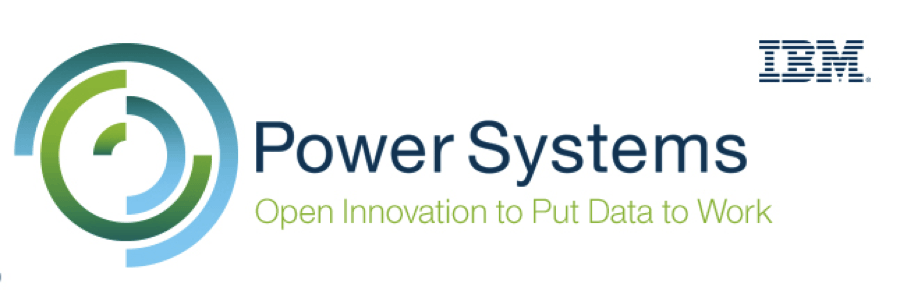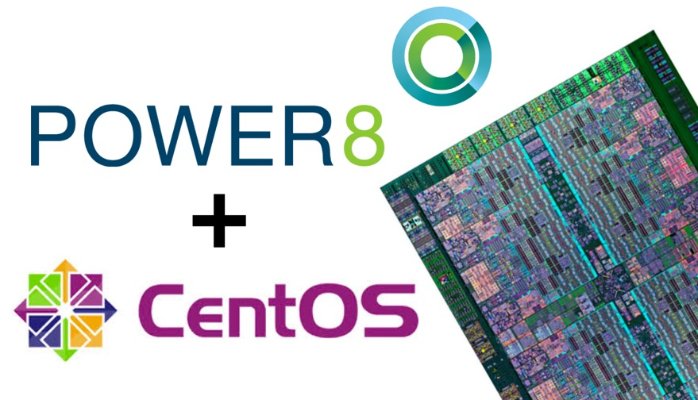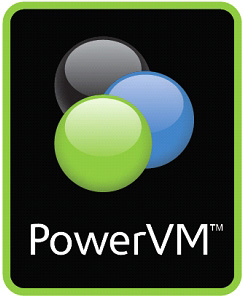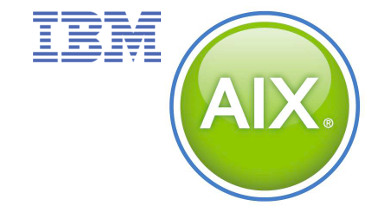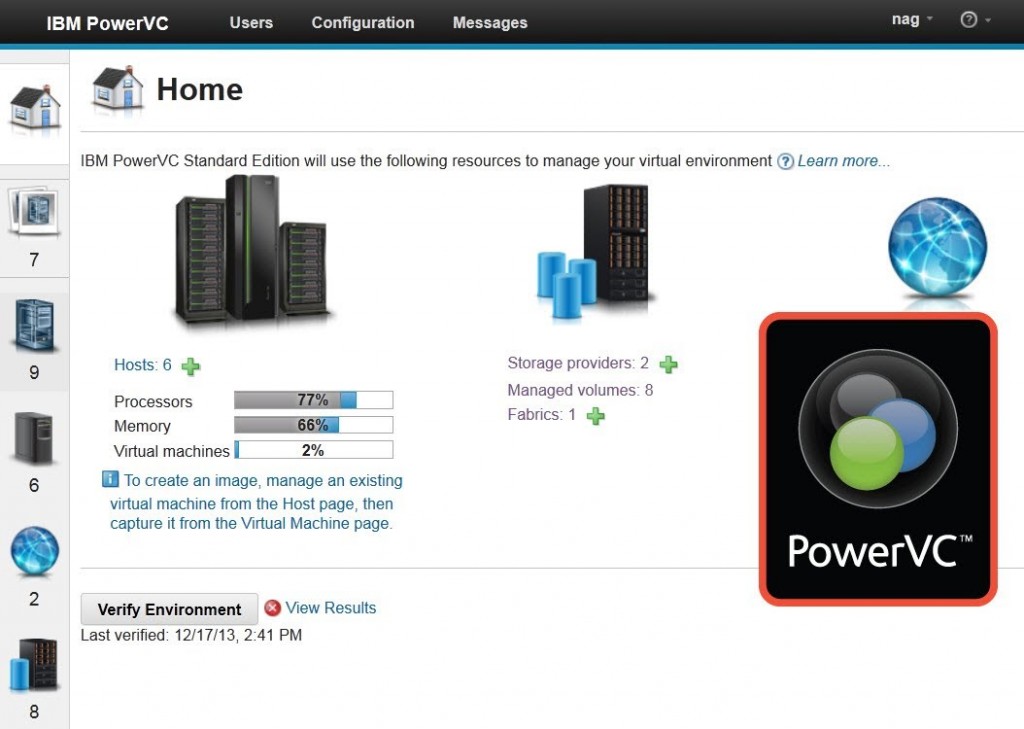Una infraestructura definida por software consta de recursos de cálculo, red y almacenamiento totalmente virtualizados, agrupados de manera lógica y que pueden gestionarse como si fueran software. Esto permite el aprovisionamiento de infraestructuras basado en políticas abriendo la puerta a nuevos horizontes en la automatización de los centros de datos.
Desde comienzos de año gracias a PowerVC podemos desplegar en Power infraestructuras definidas por software (SDI) 100% compatibles con Open Stack, alternativa libre y de código abierto a AWS, Azure y Google Cloud. Para quienes os interesen los detalles técnicos a continuación tenéis un pequeño resúmen de la solución.
Read More